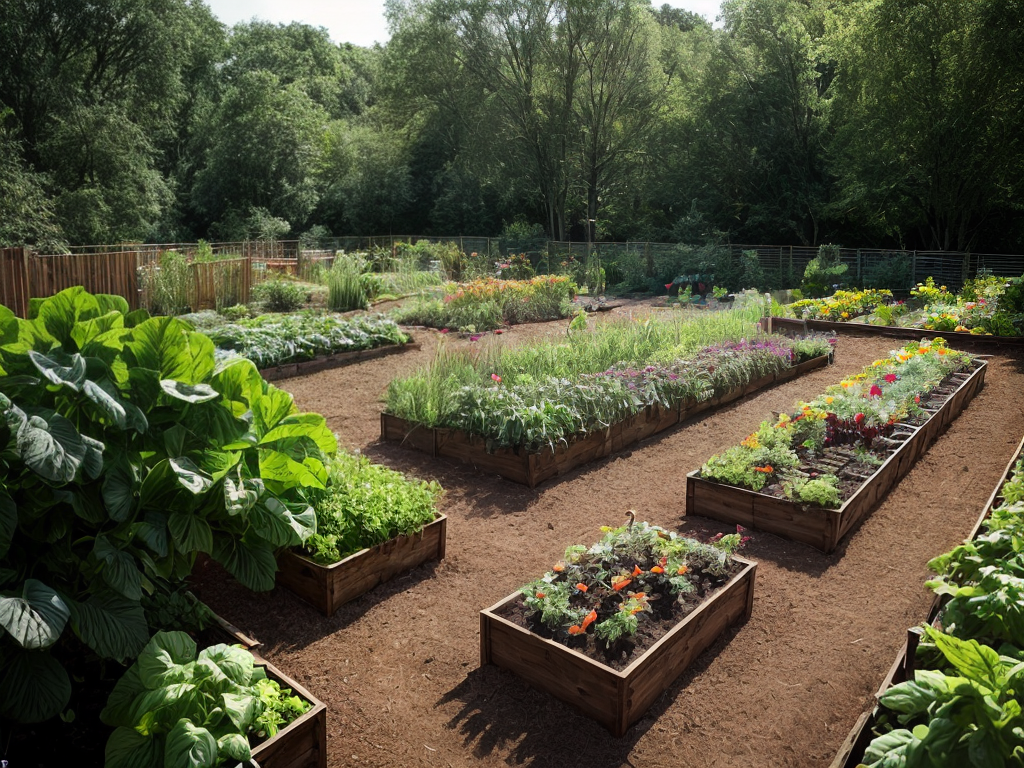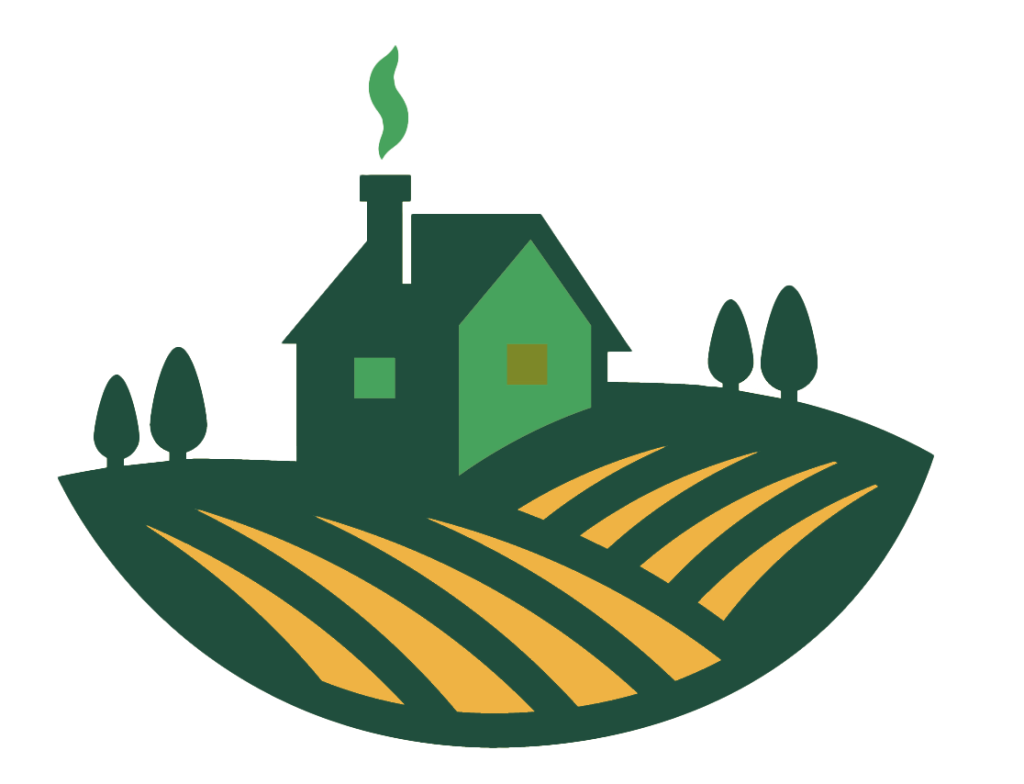
As an avid gardener, I’ve discovered the secret to vibrant, thriving vegetable gardens: mastering organic composting techniques. In this article, I’ll share my expertise on the benefits of organic composting, choosing the right method, essential ingredients, creating and maintaining a compost pile, speeding up the process, and using compost in your vegetable garden. Get ready to unlock the power of nature’s own fertilizer and watch your vegetables flourish like never before.
Benefits of Organic Composting
The benefits of organic composting include improved soil fertility, increased nutrient availability, and enhanced plant growth. Organic composting is a natural process that involves decomposing organic materials, such as kitchen scraps, yard waste, and plant trimmings, into nutrient-rich compost. When this compost is added to the soil, it releases essential nutrients slowly and steadily, providing a steady supply of nourishment to plants. Additionally, organic composting helps to improve soil structure, allowing for better water drainage and retention, as well as increased microbial activity. By composting organic materials, we are also reducing waste that would otherwise end up in landfills, contributing to environmental sustainability. So, not only does organic composting benefit our gardens by improving soil fertility and promoting healthy plant growth, but it also helps to reduce waste and create a more sustainable environment.
Choosing the Right Composting Method
To ensure successful organic composting in vegetable gardens, selecting the appropriate composting method is crucial. Here are four factors to consider when choosing the right composting method:
-
Available space: If you have limited space, consider vermicomposting. This method uses worms to break down organic materials quickly, making it ideal for small gardens or indoor composting bins.
-
Time and effort: Traditional composting methods, such as hot composting or cold composting, require regular turning and monitoring. If you have limited time or prefer a low-maintenance option, choose a method like sheet composting or trench composting, which require minimal effort.
-
Odor control: If you’re composting in a small space, odor control is essential. Vermicomposting is odorless when done correctly, making it a great option for indoor or balcony gardens.
-
Compost quality: Consider the end result you desire. Vermicomposting produces nutrient-rich worm castings, while traditional composting methods create a more balanced mixture of organic matter.
Essential Ingredients for Successful Composting
For successful composting, I rely on a combination of organic matter and microorganisms. These are the essential ingredients that help break down the waste material into nutrient-rich compost for my vegetable garden. To facilitate this process, I use a compost bin or composting containers. These containers provide a controlled environment that promotes decomposition while preventing pests and unwanted odors. It is important to have a good balance of green and brown materials in the compost bin. Green materials, such as grass clippings and kitchen scraps, provide nitrogen, while brown materials, such as dried leaves and wood chips, provide carbon. By maintaining the right balance and regularly turning the compost, I ensure that the organic matter is properly decomposed, resulting in a high-quality compost that nourishes my vegetable plants.
Creating and Maintaining a Compost Pile
How can I efficiently create and maintain a compost pile in my vegetable garden? Creating and maintaining a compost pile is an essential part of organic gardening. Here are four tips to help you succeed:
-
Choose the right compost bin design: There are various compost bin designs available, such as a simple pile, a compost tumbler, or a homemade bin. Consider factors like space, aesthetics, and ease of use when selecting your compost bin.
-
Layer your compost materials: Alternate layers of green and brown materials to create a balanced compost pile. Green materials include kitchen scraps and fresh grass clippings, while brown materials include dry leaves and shredded paper.
-
Turn the compost regularly: Regularly turning the compost helps aerate it and speed up the decomposition process. Use a pitchfork or compost turner to mix the materials thoroughly.
-
Troubleshoot common composting issues: Keep an eye out for problems like a foul odor, pests, or slow decomposition. Adjust the moisture levels, add more brown materials, or turn the compost more frequently to address these issues.
Tips for Speeding Up the Composting Process
If you want to speed up the composting process in your vegetable garden, there are a few tips to keep in mind. One effective technique is hot composting, which involves maintaining a high temperature in the compost pile to accelerate decomposition. Another option is composting with worms, also known as vermicomposting, which utilizes the digestive power of worms to break down organic matter quickly. By implementing these methods, you can expedite the composting process and have nutrient-rich compost for your vegetable garden in no time.
Hot Composting Benefits
To maximize the efficiency of the composting process, I highly recommend incorporating pre-existing organic materials into the mix. This will provide a base of decomposing material that is already breaking down, which will help jumpstart the composting process. One of the benefits of hot composting is that it relies on aerobic decomposition, which means it requires oxygen to break down organic matter efficiently. Here are some tips for speeding up the composting process through hot composting:
- Shred or chop the organic materials into smaller pieces to increase surface area and promote faster decomposition.
- Turn the compost pile regularly to ensure proper aeration and distribution of heat.
- Maintain the ideal temperature range of 130-160°F (54-71°C) to encourage the growth of thermophilic microorganisms, which thrive in high temperatures.
- Monitor the moisture levels of the compost pile and keep it moist but not overly wet, as excess moisture can hinder the decomposition process.
Composting With Worms
I recommend incorporating worms into your composting process for faster decomposition and nutrient-rich compost. This technique, known as worm composting or vermicomposting, utilizes the power of worms to break down organic materials into a rich and fertile soil amendment. By introducing worms into your compost pile or bin, you can significantly speed up the composting process. Worms are voracious eaters and can consume large amounts of organic matter, turning it into nutrient-rich castings, also known as worm poop. These castings are highly beneficial for plant growth, as they contain essential nutrients and beneficial microbes. To get started with worm composting, create a comfortable environment for the worms by providing a bedding material, such as shredded newspaper or coconut coir, and add kitchen scraps or other organic waste for the worms to feed on. Make sure to maintain proper moisture and temperature levels to keep the worms happy and active. With the help of these little creatures, you’ll have nutrient-rich compost in no time for your vegetable garden.
Using Compost in Your Vegetable Garden
Utilizing compost in my vegetable garden has significantly improved the health and productivity of my plants. Here are four ways I have found success in using compost in my garden:
-
Top-dressing: I sprinkle compost around the base of my plants to provide a slow release of nutrients. This helps to improve soil structure and retain moisture.
-
Compost tea: I make a nutrient-rich compost tea by steeping compost in water. This tea is then sprayed on the foliage of my plants, providing a quick boost of nutrients and promoting healthy growth.
-
Mulching: I use compost as a mulch around my plants to suppress weeds, retain moisture, and add nutrients to the soil as it breaks down.
-
Avoiding composting mistakes: I have learned to avoid adding diseased plants, meat, dairy, and oily foods to my compost pile. This helps to prevent the spread of diseases and pests.


